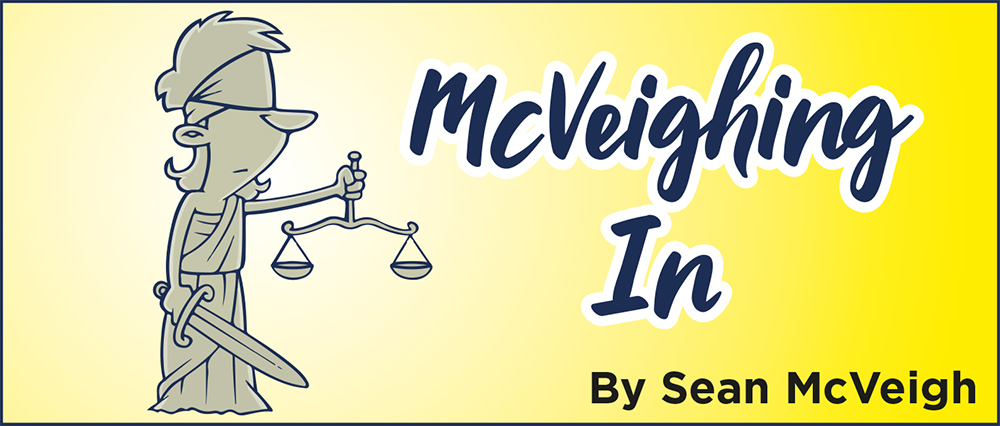Starring Orson Welles, Joseph Cotten, Alida Valli, and Trevor Howard (1950).

By Lucas Battista
“The Third Man” is arguably one of the most influential Film Noir stories ever put to screen, with the exception of a small few contenders. Despite its seeming obscurity now, at one time, the film’s theme was for eleven weeks the top-selling record in America. Set in the crumbling ruins of a once-hallowed post-war Vienna, every character besides the naive Holly Martins is marked literally by the haunting specter of Nazism, where Swastikas once kissed every street corner. The city itself is split between several occupational zones administered by the Allied powers and their respective police, each without any clue of the goings within the city, leaving any potential profiteer within a haven to conduct their business. All of its denizens are involved in one way or another with bootlegging, gambling, racketeering, and the general black-market.
Our hero, the foolish Holly Martins, shows up in search of his old friend Harry Lime, who we are informed has been killed in a hit-and-run. Holly Martins, a writer for pulp Western novellas, comes off as if he woke up from a deep sleep that started before World War II began, entirely deaf to the atmosphere and world he’s entered, or really any world outside of America. Hell, he even acts at times like a cowboy. The film’s misanthropic, self-serving murderer and villain, played by Orson Welles, represents what oddments of fascism still lurk beneath gutters, within sewers, and behind shadows. Its music is this novel variation after variation on the same endlessly looping melody, played by a Zither- a German stringed instrument similar to a lute or guitar. As the story progresses, Holly Martins begins interviewing neighbors and acquaintances of his former friend, including Harry Lime’s lover Anna Schmidt, who Martins seems to take interest in romantically himself. Anna Schmidt, a jaded actress who appears entirely unconcerned with Martins besides from her own curiosity with the death of Harry Lime.
The camera work of “The Third Man” is ingeniously simple — it was almost entirely shot in the real ruins of Vienna, with big Dutch angles and harsh shadows casting an aura of paranoia and deception. The film also shows us some amazing shots, including the big Ferris wheel, the cemetery’s long road, the vast sewers, and Vienna’s glorious landmarks. So, where does the mystery unravel? That, I am not allowed to tell you, but I will say this — at its center, the film is, in my opinion, a big metaphor for post-war Europe, and possibly the world. After the death of Nazism and its mass brutality, we didn’t get five hundred years of peace and brotherly love, but rather a new era of manic paranoia that would set a cold war off among former allies.


